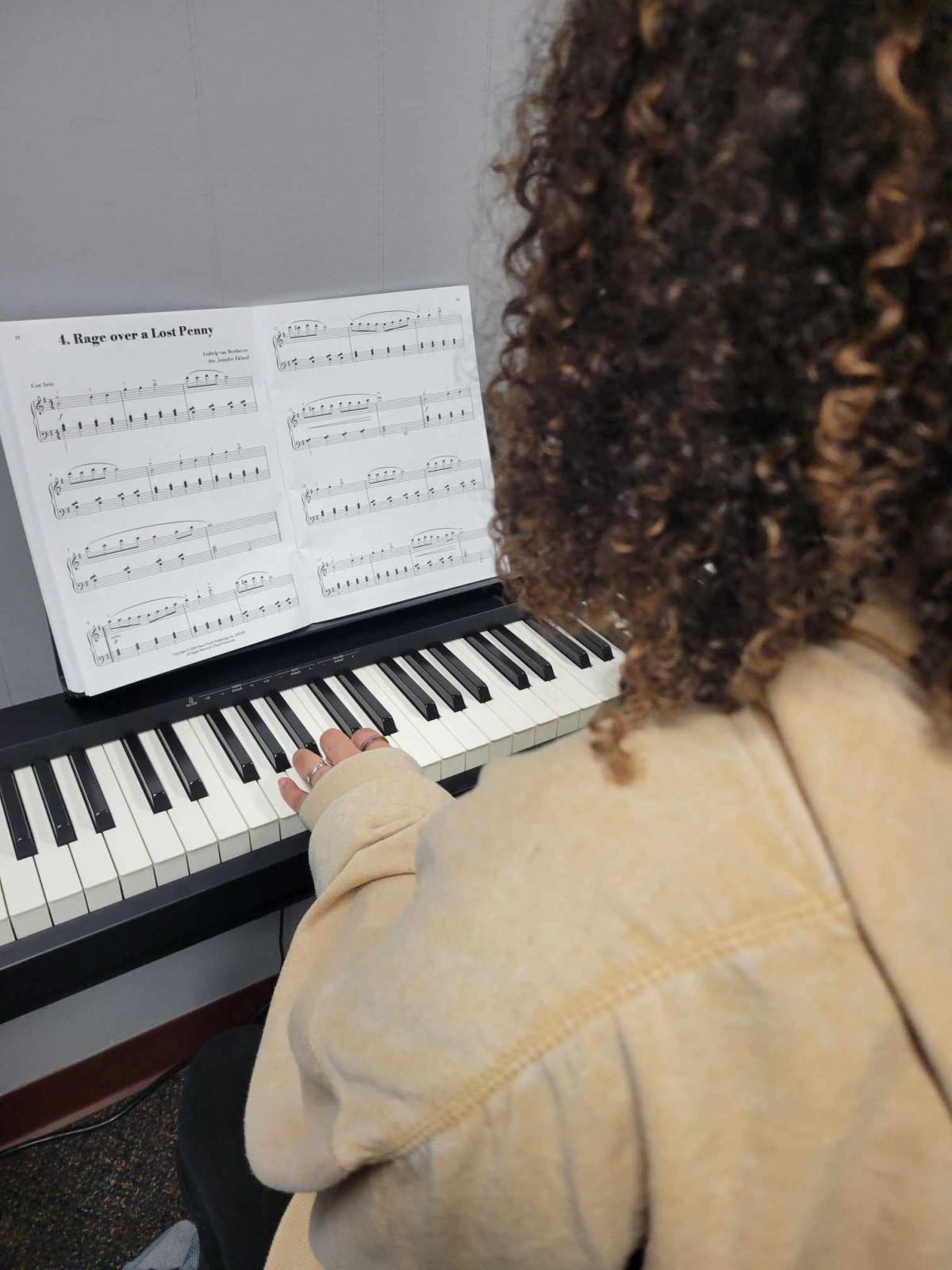
In today's fast-paced world, children often struggle to understand and manage their emotions. As parents and educators, it's crucial to provide our children with effective tools for emotional regulation. One powerful yet often overlooked method is the use of music. Let's explore how music can be a valuable asset in helping children express and manage their feelings, ultimately leading to better emotional well-being.
The Power of Music in Emotional Development
Music has been an integral part of human culture for thousands of years, and its impact on our emotions is undeniable. For children, music can serve as a bridge to understanding and expressing complex feelings that they may not yet have the vocabulary to articulate.
How Music Affects the Brain
Research has shown that music activates multiple areas of the brain, including those responsible for emotion, memory, and motor control. When children engage with music, whether by listening, singing, or playing instruments, they're exercising these neural pathways and developing stronger emotional intelligence.
Using Music for Emotional Expression
One of the primary benefits of music in emotional regulation is its ability to help children express their feelings. Here are some ways to incorporate music into a child's emotional toolkit:
- Songwriting: Encourage children to write their own songs about their feelings. This creative process allows them to explore and articulate their emotions in a safe, structured way.
- Musical Journaling: Suggest that children keep a "musical journal" where they associate different songs with various emotions or experiences.
- Mood Playlists: Help children create playlists for different moods, teaching them to recognize and manage their emotions through music selection.
Music as a Calming Tool
In addition to expression, music can be a powerful tool for managing and regulating emotions, particularly in stressful situations. I wrote a whole blog post on this topic, but keep reading for a few quick tips below.
Techniques for Using Music to Calm
- Deep Breathing with Music: Teach children to synchronize their breathing with slow, calming music to reduce anxiety and stress.
- Musical Mindfulness: Guide children through mindfulness exercises accompanied by soothing background music to promote relaxation and focus.
- Instrument Play: Encourage children to play simple instruments like drums or xylophones as a way to release pent-up emotions and energy.
Incorporating Music into Daily Routines
To maximize the benefits of music for emotional regulation, it's important to make it a regular part of a child's life. Here are some suggestions:
- Morning Music: Start the day with upbeat, energizing music to set a positive tone. Consider a dance party while getting dressed or brushing teeth!
- Transition Tunes: Use specific songs to signal transitions between activities, helping children manage changes in their routine. This might be my favorite. :)
- Bedtime Lullabies: End the day with calming music to promote relaxation and better sleep.
The Role of Music Education
Formal music education can play a significant role in developing a child's emotional regulation skills. Learning to play an instrument or participating in group music activities such as choir can:
- Boost self-esteem and confidence
- Teach patience and perseverance
- Provide a healthy outlet for self-expression
- Improve social skills through group collaboration
Music is a powerful, accessible tool for helping children navigate the complex world of emotions. By incorporating music into daily life and emotional learning, we can provide children with a lifelong skill for expressing and managing their feelings. As they grow, this musical foundation will continue to serve them, creating a balance between their inner emotional world and their outward expressions. Remember, every child is unique, and what works for one may not work for another. Experiment with different musical approaches and be patient as your children learn to use this new emotional language. With time and practice, music can become an invaluable tool in a child's journey towards emotional well-being.


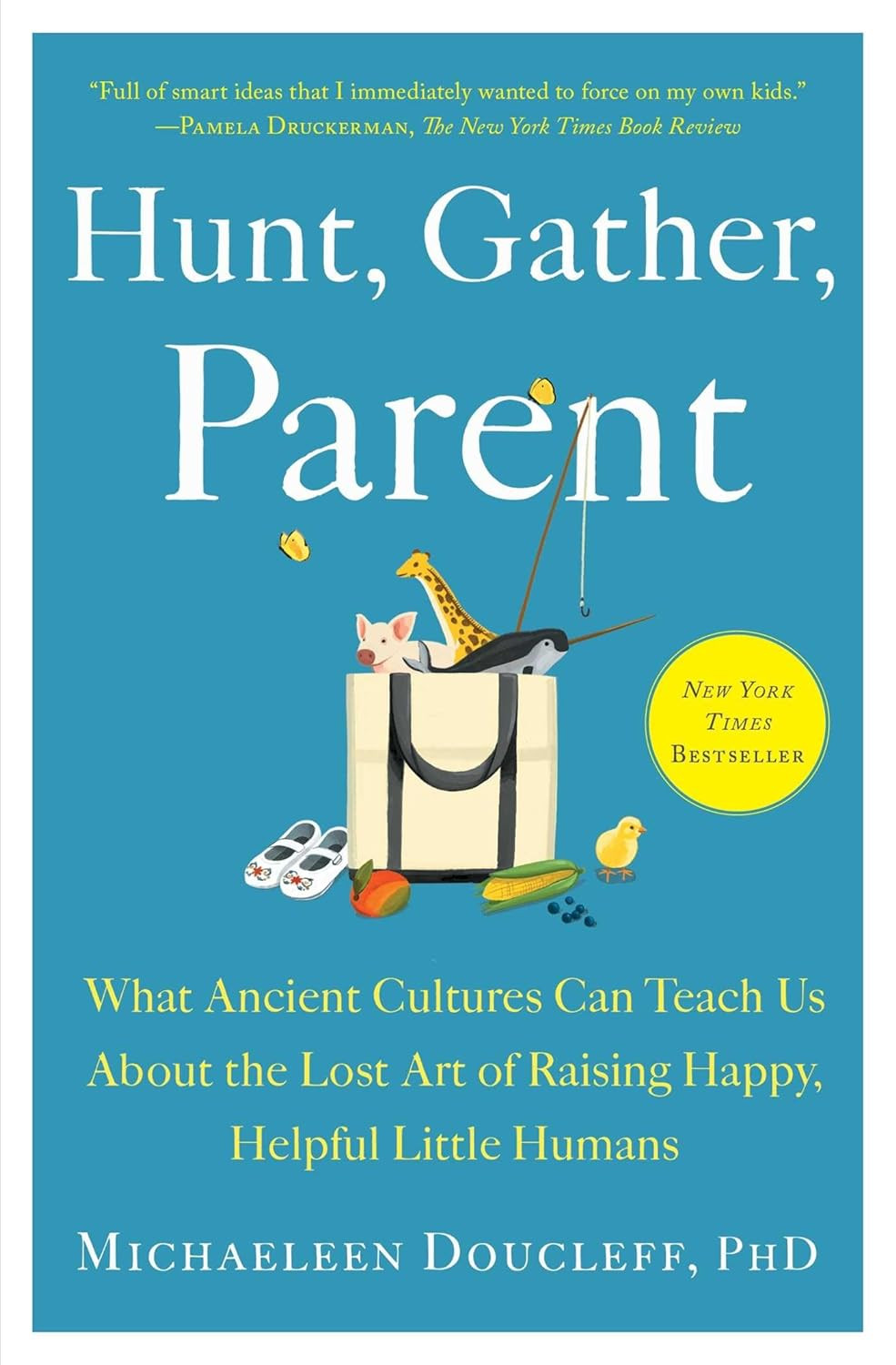


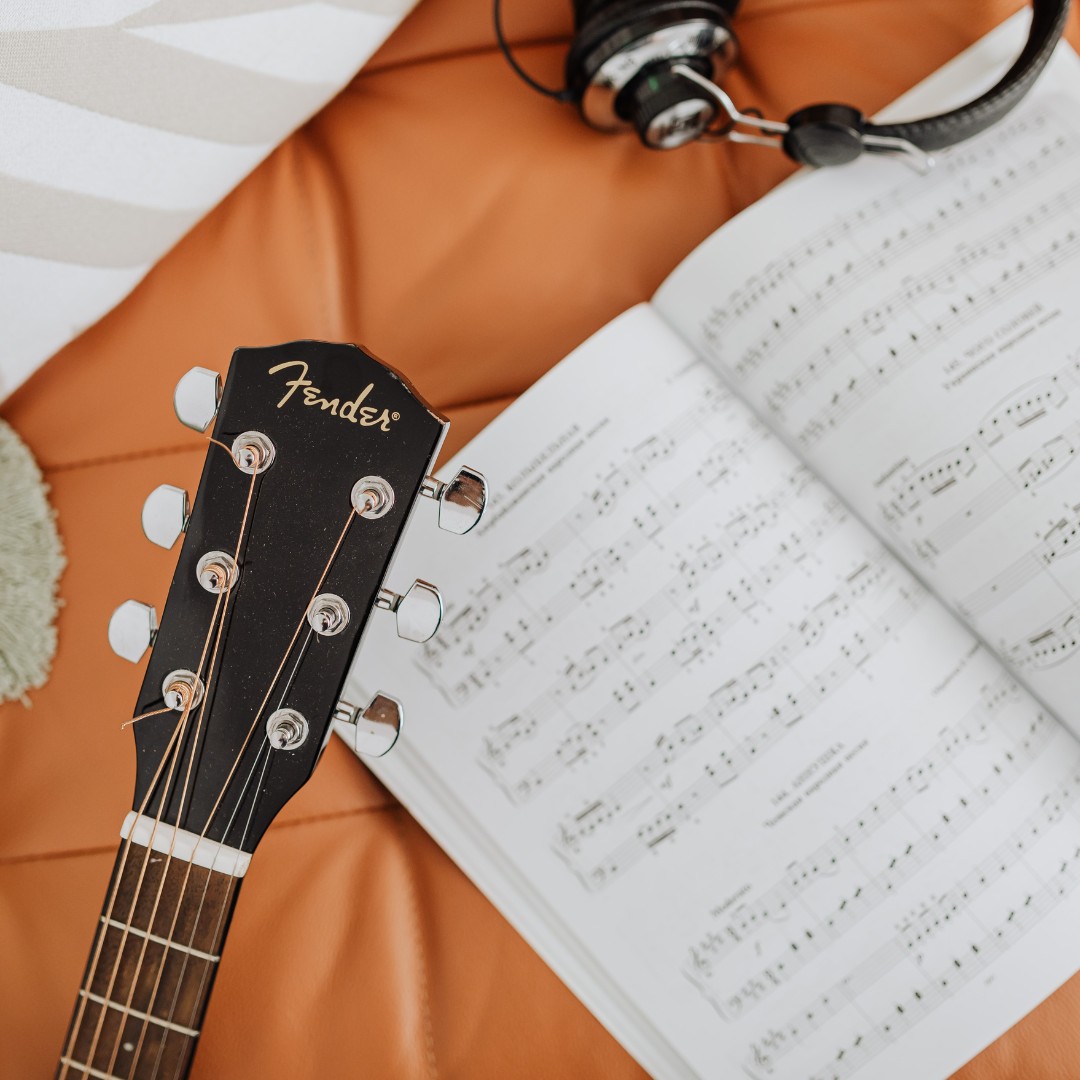



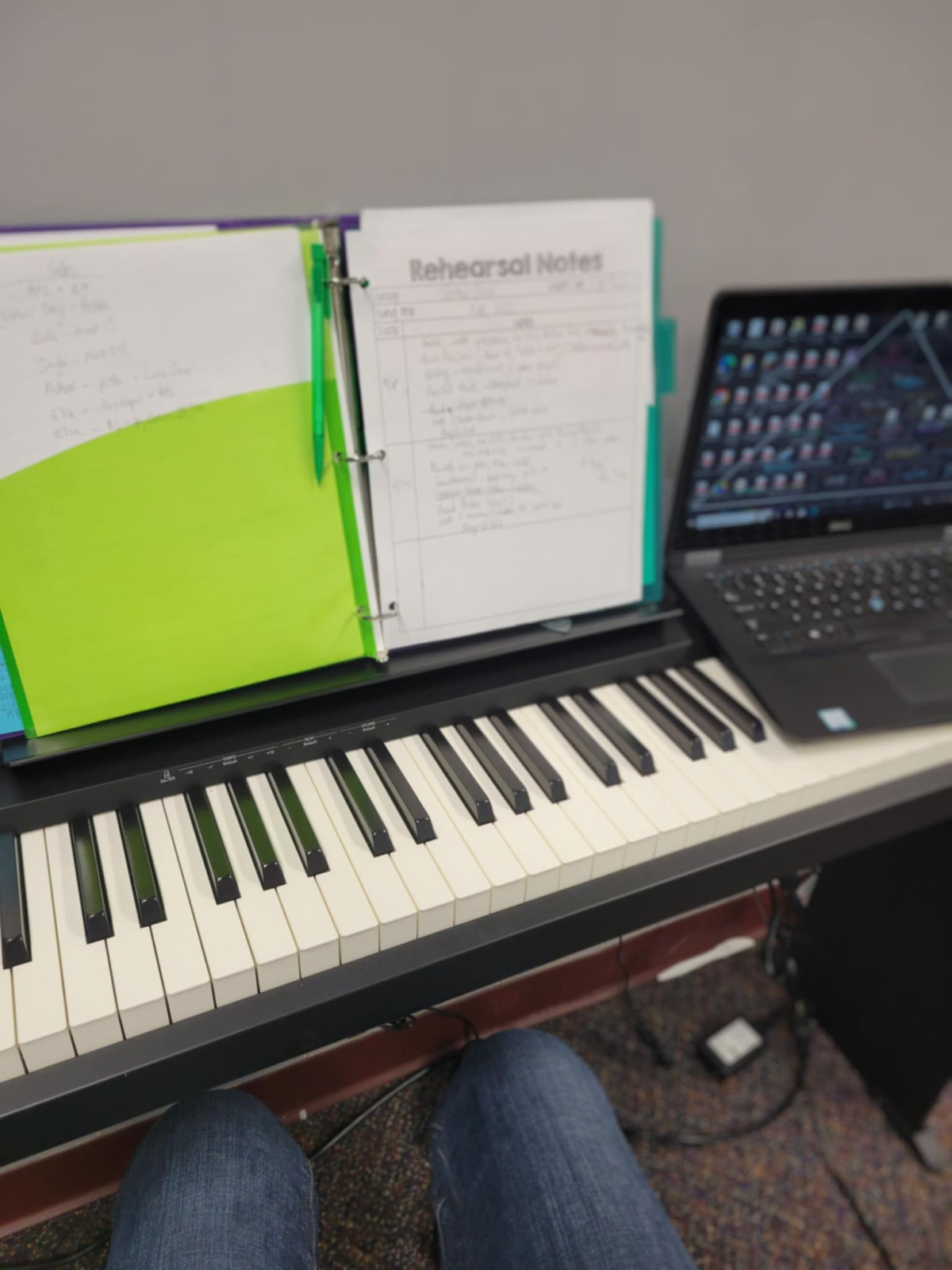

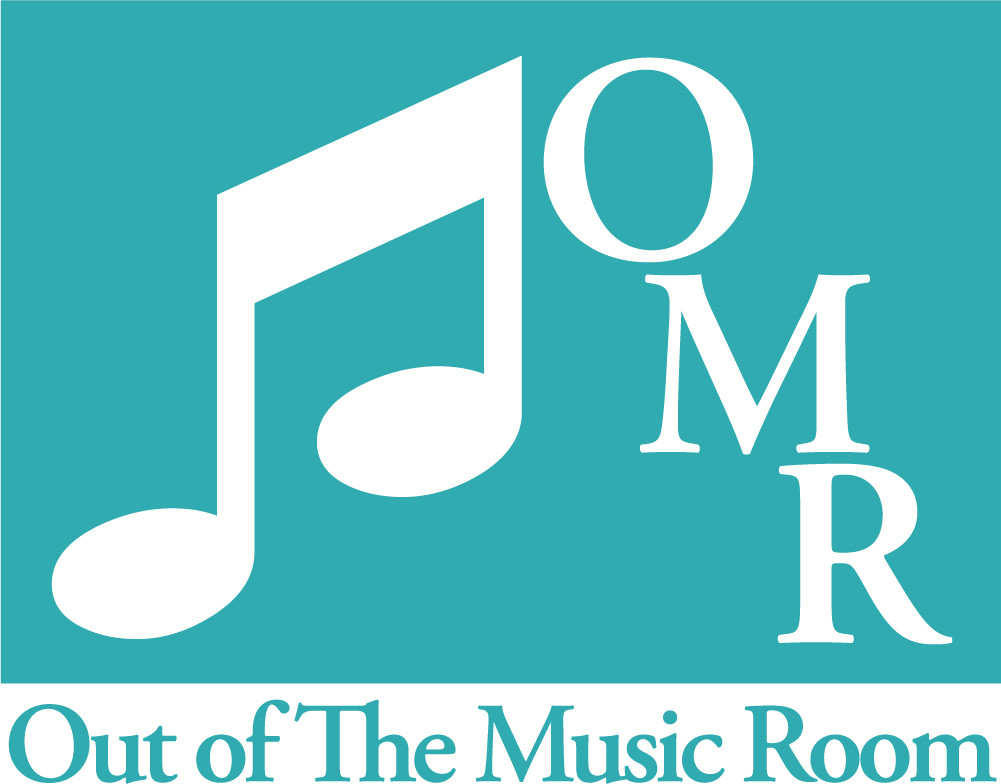

0 Comments